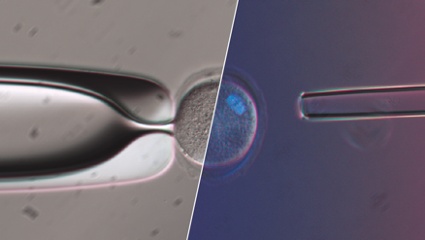Polarized light microscopy is a contrast-enhancing technique that enables researchers to study the birefringence of key structures within living cells. In assisted reproduction, polarized light was proposed to assess structures such as the meiotic spindle, zona pellucida, or sperm acrosome, with the aim to help embryologists select oocytes and spermatozoa with the greatest potential to produce a pregnancy.
Recently, the development of new equipment that facilitates the use of polarized light and its implementation within the in vitro fertilization (IVF) laboratory routine has led to renewed interest in using this tool. In this webinar, we’ll review how polarized light can assist embryologists in different research and clinical applications.
Join this webinar to learn about:
- How to use polarized light to detect the presence and location of the meiotic spindle in human metaphase-II before intracytoplasmic sperm injection (ICSI)
- Assessment of spindle dynamics to investigate the timing of the meiotic cell cycle within in vitro maturation (IVM) oocytes, as well as in cryopreserved derived oocytes
- Assessment of the inner layer of the zona pellucida as a prognostic marker for oocyte quality
- Selection of human spermatozoa for ICSI
- Polarized light as a tool for quality assessment of laboratory parameters
- Using polarized light in nuclear transfer procedures

